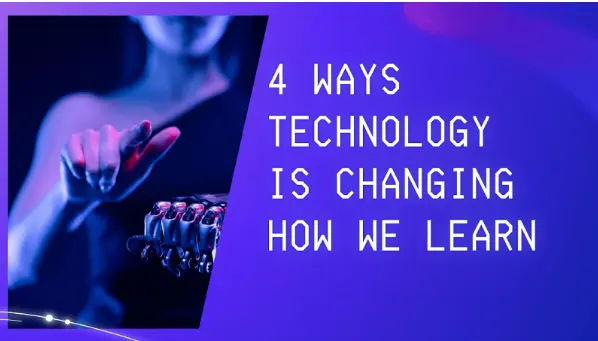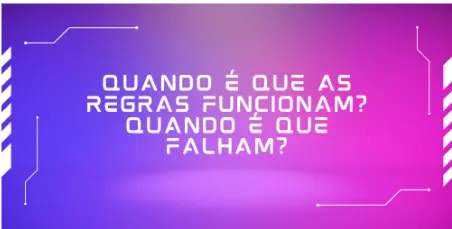Tech has changed how we learn in ways we didn’t think were possible.
The way we learn is constantly changing. For example, we now use AI to help in more advanced ways. So, it’s better not to constrain its function to merely those basic tasks, but to explore its potential in enhancing learning, problem-solving, and decision-making processes across various fields.. Technology is changing how we learn by making it easier to access, more personalised, and more interesting.
These ways are invaluable for students because they help them solve issues that prevent them from learning. This blog will discuss four main ways that technology has changed education.
Ways to Change Education
Here, we will discuss the four critical ways technology is changing education, such as helping with personalized learning and smart tutoring.
Using Platforms for Online Learning
The rise of online learning sites like Coursera, Udemy, and Khan Academy has caused significant changes in the way schools work. These platforms offer several ways to learn, from online classes to courses needed to improve your skills for a better job. So anyone with an internet connection can learn.
Students can now learn from the best without being in a standard classroom because well-known colleges and professionals in the field offer online courses. This change makes learning more personalised to fit the wants and styles of different students.
Easy access and adaptability
One of the best things about online learning tools is that they give you much freedom. Students can learn independently, going over topics again if necessary and fitting in tasks around their schedules.
Because of this, students can balance their schoolwork with tools, and they can move forward in their classes as their schedules and circumstances allow.
E-learning platforms give you the freedom standard school systems don’t usually give you, whether you’re a full-time student, a working professional, or someone who just wants to try something new.
Using Virtual and Augmented Reality in Education
Augmented and virtual reality (AR/VR) are making learning more engaging and changing how we study. With these technologies, students can interact with subjects like science, history, and medicine in new ways. They can conduct virtual experiments, explore historical events in 3D, or even practice surgery in a simulated environment..
Using your hands to learn makes it more fun and helpful. It helps you understand better and gain valuable skills.
Engage and Keep Customers
VR and AR help students become more involved by making learning fun and engaging. These tools give students real-time feedback and let them dig deeper into topics, helping them stay focused and remember complex ideas.
Students involved in their education are more likely to remember and understand things better.
Image-to-Text Conversion Technology (OCR)
Image-to-text conversion technology (OCR) extracts text from images, transforming printed or handwritten content into digital text. OCR is transforming classrooms by helping students to access materials more easily.
It also allows for the quick digitization of printed content, making learning resources more accessible and efficient.
Faster Extraction and Enhanced Learning
OCR technology speeds up text extraction from photos, saving time and labour. It also improves the learning process by turning textbooks, notes, and other study materials into editable and searchable formats, making resources more accessible and increasing educational efficiency.
Artificial Intelligence in Personalized Learning
AI-powered tutors are revolutionising education by customising learning paths for each student’s needs. These innovative systems check how well students are doing, figure out their skills and weaknesses, and then adjust their lessons to fit.
This ensures that each student gets material tailored to their learning style and speed, making the learning process more effective and personalised.
Automated Feedback, Grading, and Data-Driven Insights
AI can rapidly evaluate student work, automating comments and grading to deliver prompt responses. This not only saves time for educators but also provides pupils with fast feedback on their progress.
Furthermore, AI monitors student performance over time, utilising data-driven insights to change learning techniques and content. This guarantees that the pace and complexity of the material adapt to the student’s specific requirements and skills.
Conclusion
We learn in new ways because technology makes it more personalised, open, and fun. Students can now learn in ways that were not possible before due to VR and AR, which offer engaging experiences and more flexible online learning tools. These changes happen more quickly with OCR and AI tools that make school more open to everyone and better meet the needs of each student. So, not a single kid gets behind.
The future of education looks brighter as these tools get better. They give students more ways to learn, connect, and do well at school and work. Technology doesn’t just allow us to learn new things and change how we study.






